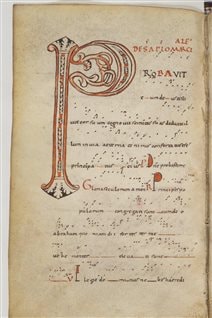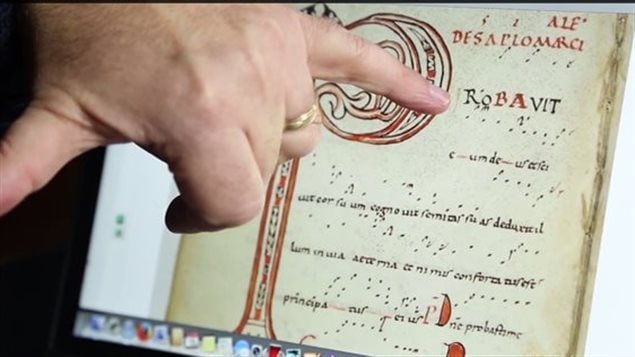A Canadian professor and expert in medieval music has made an a truly fascinating discovery. He has been able to identify the person who made a breakthrough in music notation, and accurately date this innovation, which is now possibly the earliest surviving example of such “modern” music notation.
James Grier is professor of music history in the Don Wright Faculty of Music at Western University in London, Ontario
Listen
Professor Grier is an award-winning musicologist who spent many years in the impressive manuscript room of the Bibliothèque nationale in France.
While studying documents which are almost 1000 years old, a colleague from Sweden asked him about the particular handwriting style of a well-known monk,Adémar de Chabannes (c. 989-1034).
It seems a section of the musical manuscript text was written by Adémar. The handwriting was confirmed by another colleague from Boston who was studying the monk for historical reasons.

Suddenly professor Grier realized that not only was that passage in the monk’s handwriting, but also the musical notation in that passage, and indeed throughout the entire manuscript.
The discovery has been reported in Journal of the American Musicological Society
What is unique is that Adémar’s had placed the notes in the space above the text, higher or lower in the space depending on their pitch, exactly as we do today.

Thus this is the earliest, and perhaps even the very first time this had been done.
“Placement on the vertical axis remains the standard convention for indicating pitch in notation in Western culture and there is far greater weight on pitch than on many other elements such as dynamics and timbre,” said professor Grier.
Professor Grier says this was an incredible innovation in music, enabling a greater degree of standardization in a musical interpretation, and for those seeking to learn the piece.







For reasons beyond our control, and for an undetermined period of time, our comment section is now closed. However, our social networks remain open to your contributions.